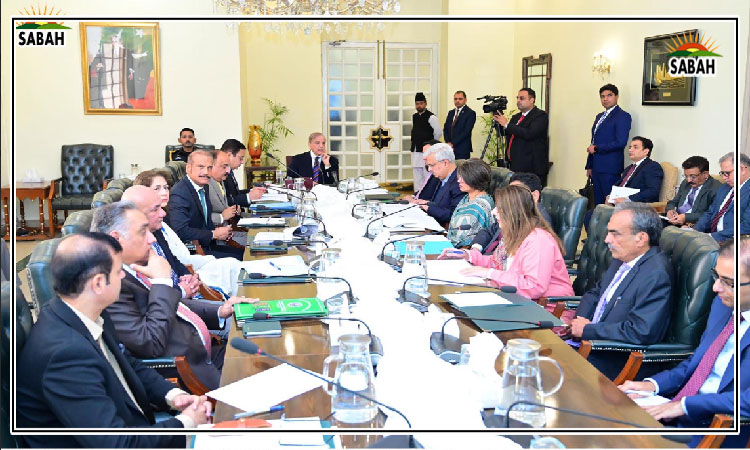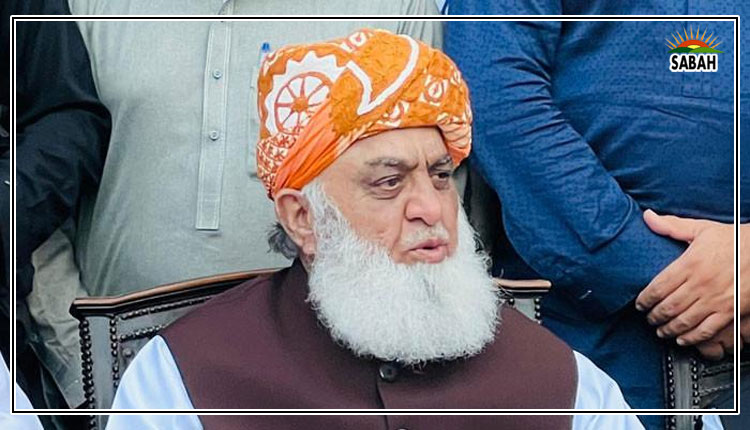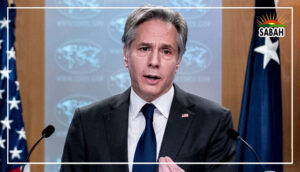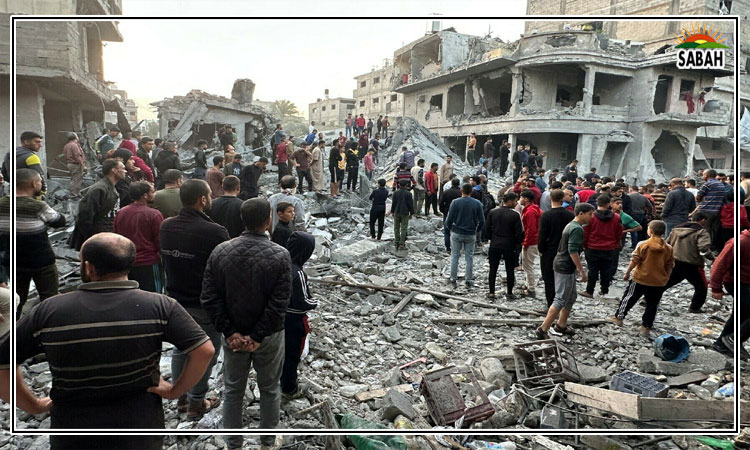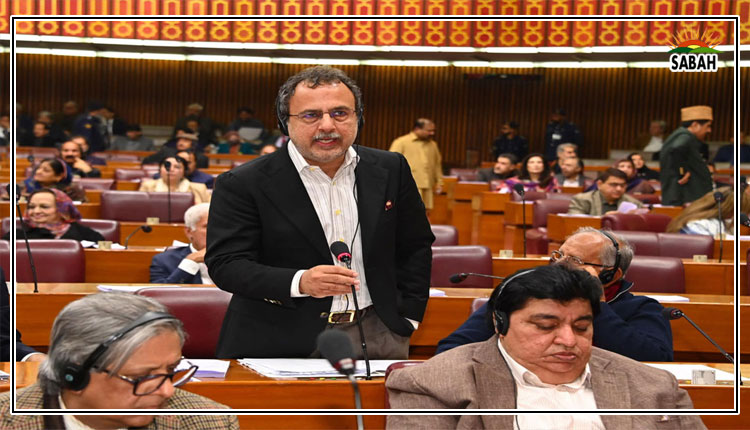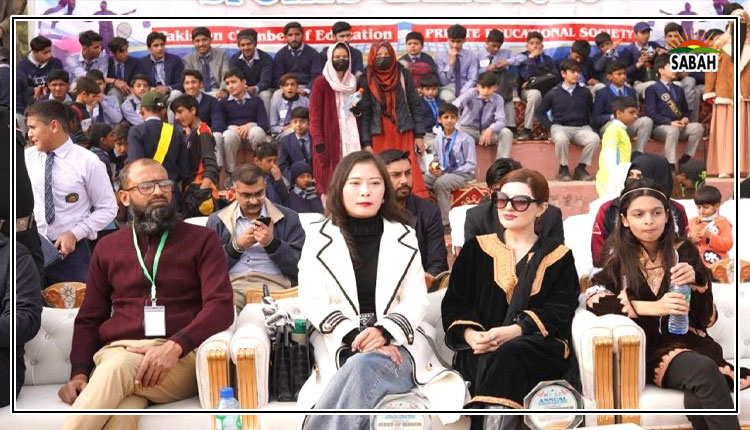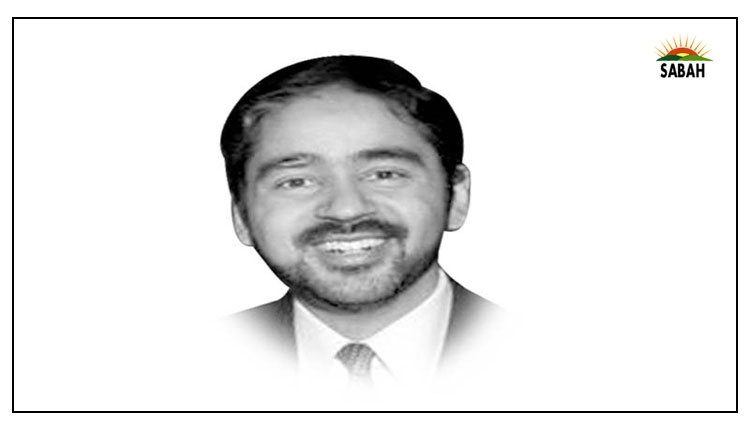The old school…Muhammad Hamid Zaman
My mother taught at public schools in Islamabad for most of her life. Being among the larger model schools in the city, it is not uncommon for me, and my siblings, to meet a former student of hers at a restaurant or an event. My siblings and I also went to schools that were part of the same model-school family. A series of coincidences got me connected to one of my mothers former students, who told me about a recent event at the school she taught at for most of her career. During the event, there was a slide show honouring former teachers, including those, like my mother, who have passed away. I was not present at that particular event but got a chance to see the slide show that had pictures of my mother and many of her colleagues. Along with the pictures of valued teachers, there were pictures of the school lawns, offices and classrooms that hold a special place for me. After all, these are places connected to the memory of my mother.
As I went through the pictures that were posted online and scrolled through the comments underneath the pictures, it was not hard to note a common thread in the comments. There was a strong sense of nostalgia and a discussion of precious memories. Many had commented on the dedicated teachers, the kind staff and the contribution of the school in helping them succeed in their lives. All of this sounded great and reflected appreciation on part of grateful alumni. There was, however, one problem. While I recognise many who commented effusively on the pictures, I know that none of them have sent their own kids to those schools. Something, somewhere has broken down in the system. The schools that shaped the life and career of one generation, and bring a wealth of pleasant memories, are no longer good enough for the next generation.
As I reflect back on my own experience in model schools from nursery to intermediate I am reminded of a classroom that was socio-economically diverse. There were very affluent students in my class, and others whose parents had modest means. But everyone was together in the same room and nearly all friendships were across the socio-economic divide. Similarly, some teachers had cars, and there were a few who could not even afford a motorcycle. The system was far from perfect, but it was open and more financially accessible than the private school system. The picture today is much different.
Students relationship with their former institutions is a special bond. Alumni who have fond memories care deeply about the institution that made them the person they are. There are countless examples of that precious bond both in our country and abroad. It is not unusual for parents to encourage their children to go to the same school they did. The fact that none of my family, or friends, in Islamabad have their children enrolled in the model school system tells a different story. It is the story of a state that has decided to abdicate its responsibility to provide serious, quality public education. The model school experiment was great until it started to collapse. The maintenance of the system required leadership, continued support and quality control. Over the years, it lost all three. The sad story of model schools is not unique when it comes to the public sector. Someone can write the same tale for public sector hospitals or other institutions.
For me, going through the pictures of the school and its community was bittersweet. It was joyful to recollect memories of a beautiful time, yet painful to be reminded of an abandoned journey.
Courtesy The Express Tribune




